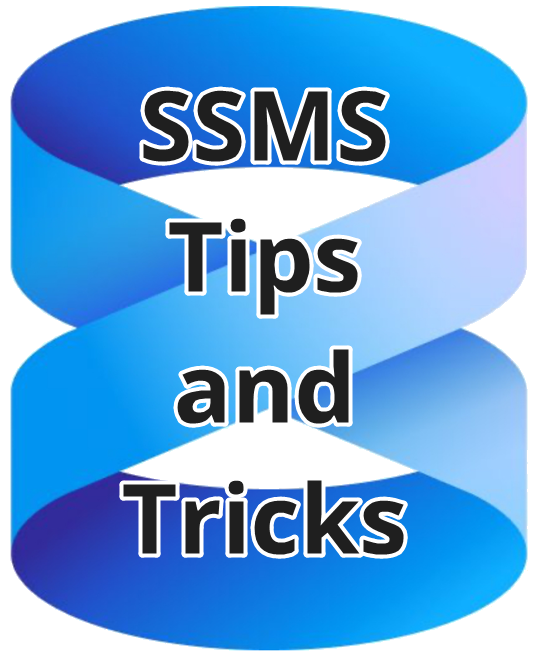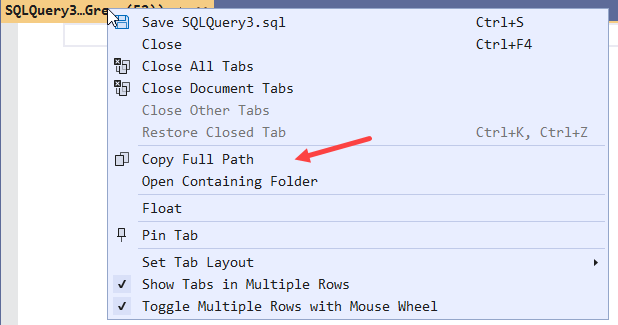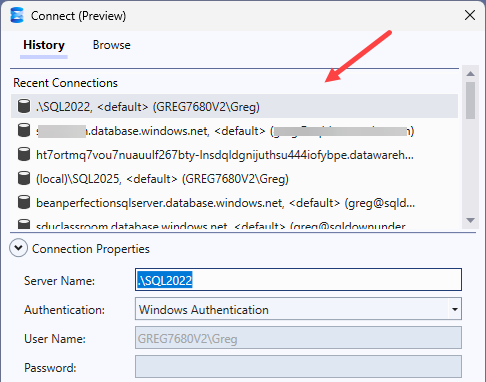
Data Tales 6: The case of the database diet (Part 1)
This is the sixth tale in a series of stories about data. I hope you enjoy the series.
Time for a diet
One of the busiest places to be in the new year is in any gym. So many people make new year resolutions and in so many cases, it involves losing weight. So I thought I’d start the new year with a tale of a database that needed to go on a diet. The client’s primary database started at 3.8 TB. This case will be described over a short series of articles. This is part 1 and describes phase 1 of the diet.
2025-09-23





